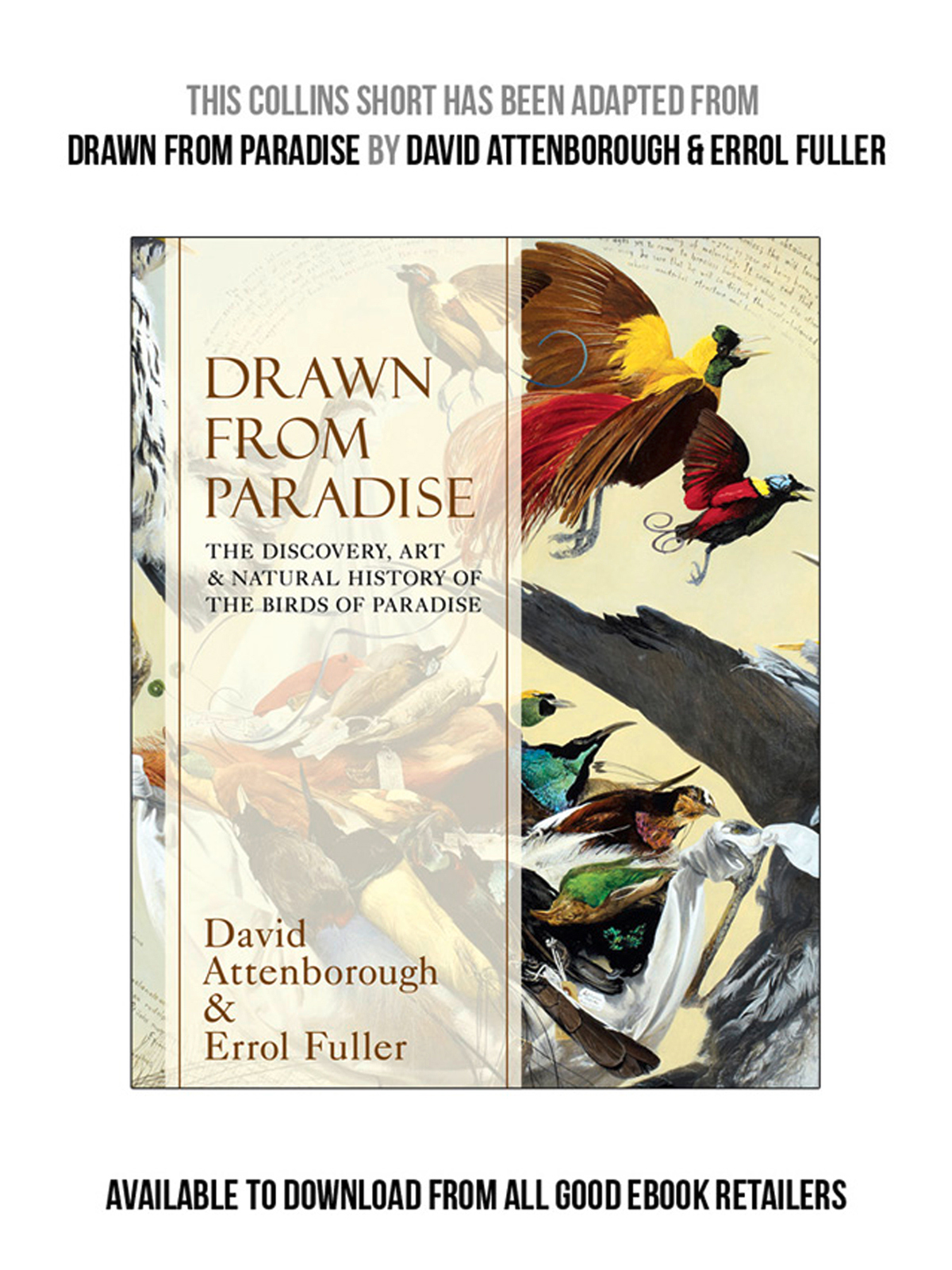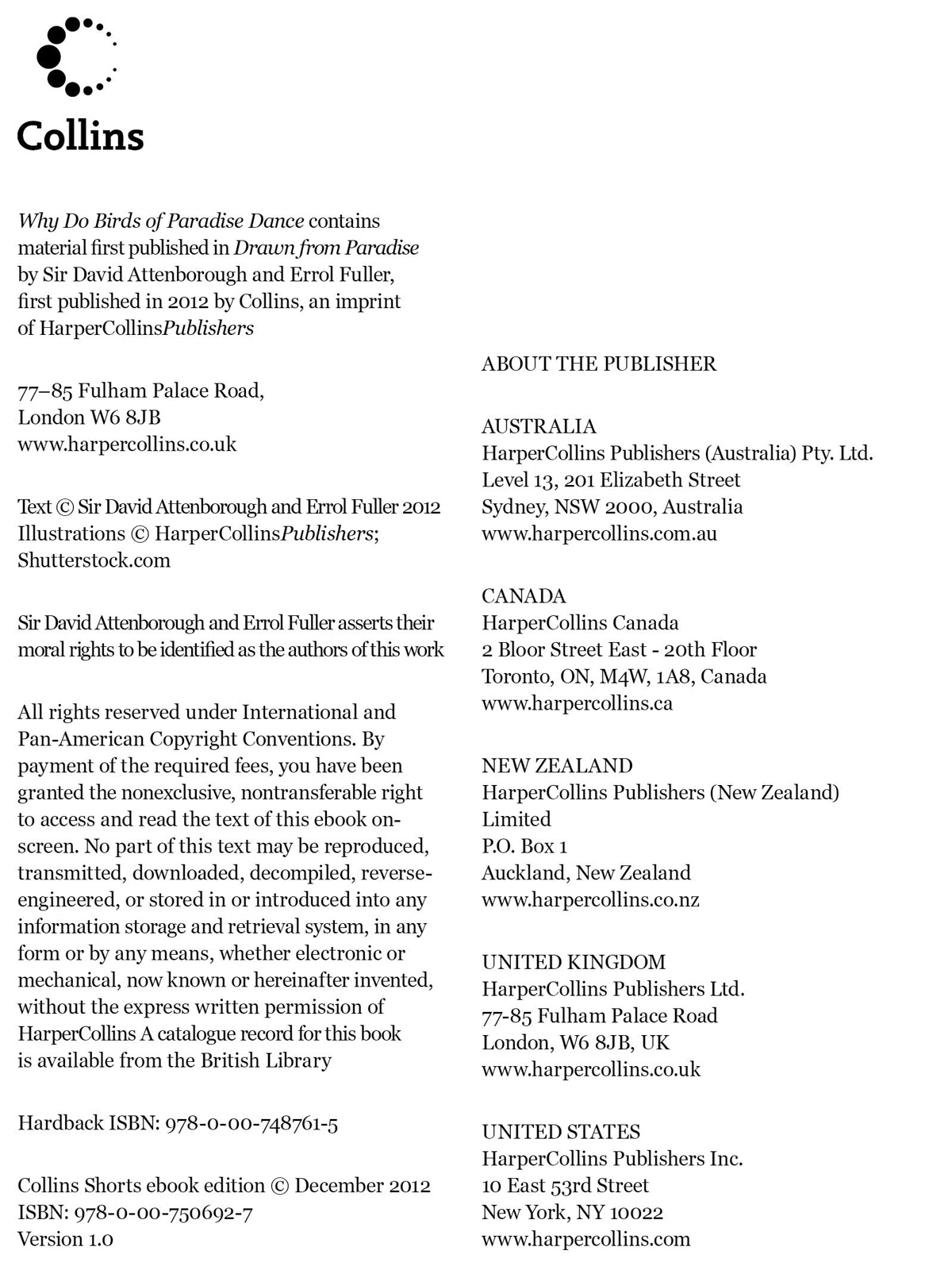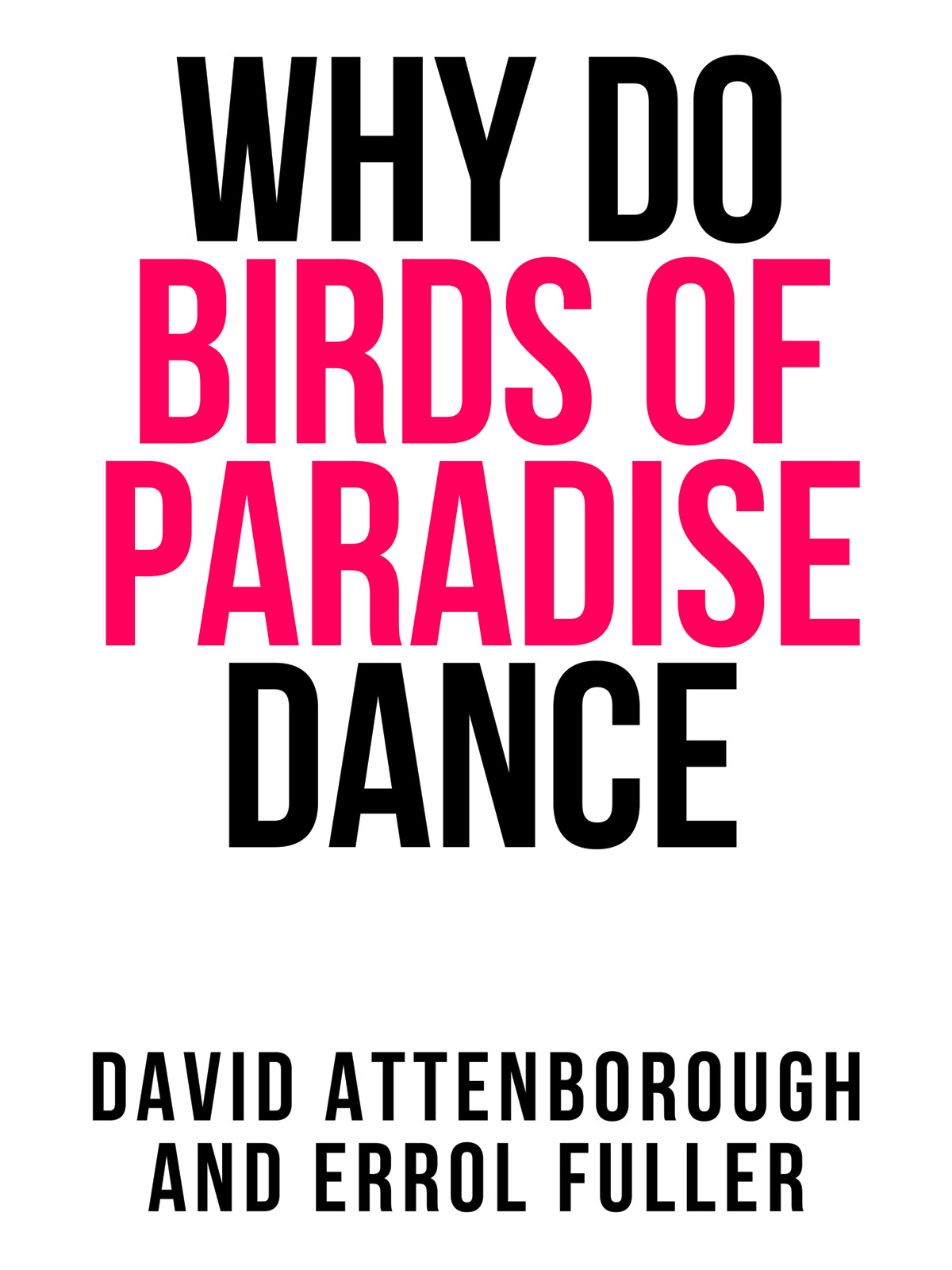

‘Nature seems to have taken every precaution that these, her choicest treasures, may not lose value by being too easily obtained. First we find an open, harbourless, inhospitable coast, exposed to the full swell of the Pacific Ocean; next, a rugged and mountainous country, covered with dense forests, offering in its swamps and precipices and serrated ridges an almost impassable barrier to the central regions; and lastly, a race of the most savage and ruthless character... In such a country and among such a people are found these wonderful productions of nature. In those trackless wilds do they display that exquisite beauty and that marvellous development of plumage, calculated to excite admiration and astonishment among the most civilized and most intellectual races of man . . .’
Alfred Russel Wallace. ‘Narrative of Search after Birds of Paradise’, Proceedings of the Zoological Society of London (1862).
To the human eye, birds are among the most beautiful and intriguing of all nature’s creations. Even a single stray feather, picked up by chance on a country walk, is a thing of wonder if examined closely. Its form, delicacy, and its colouring – sometimes subdued, sometimes gaudy – each have the power to astonish. And even the most familiar of species – the soberly dressed house sparrow or the common starling, for instance – are creatures of subtle beauty when viewed with fresh eyes.
But one family stands out from the rest, not just because of the exquisite appearance of many of its species, but also because of the sheer extravagance of variety, colour and form that these creatures parade. These are birds that truly live up to their name: birds of paradise.
From the moment of their introduction to the European mind in the early sixteenth century, their unique beauty was recognised and commemorated in the first name that they were given; birds so beautiful must be birds from paradise! This naming extravaganza even continued into the nineteenth century when newly discovered species were named after illustrious crowned heads of Europe – Prince Rudolph’s Blue Bird of Paradise, Princess Stephanie’s Bird of Paradise, the Emperor of Germany’s Bird of Paradise. The list of royal names goes on and on. Nor were splendid names enough to satisfy the inquiring minds of those who encountered the birds. In the early days all manner of fanciful stories and theories grew up to explain the mystery of their phenomenally beautiful appearance, and the tales quickly acquired mythical status. And as far as mystery is concerned, these birds are still wrapped in enigma.
Of course, we now know much more than the European scholars of the early sixteenth century who received the first specimens from the then remote lands somewhere far to the east. But there is much that is still unknown.
A major reason for this mystery surely lies in the nature of the birds’ main homeland, the great island of New Guinea. Shrouded in exotic mystery, this island stronghold is one of the world’s last truly wild places. Its jungle-covered mountain ranges and steamy, tangled lowlands provide some of the most formidable and daunting of terrains. Add to this the ferocious reputation of New Guinea’s inhabitants, and the island has represented something of a fortress against exploration and industrial exploitation.
Most people with an interest in ornithology will recognise the gloriously plumed Greater Bird of Paradise, but to many it comes as something of a surprise to learn that this species is not alone. In fact, more than 40 distinct species are currently recognised. Among these are quite astounding differences in size, shape and colour patterning. The tiny King Bird of Paradise, for instance, with its exquisite red plumage, metallic green breast band and peculiar curled ends to the tail feathers (which are otherwise no more than naked quills), seems to have little in common with the metre-long Black Sicklebill sporting a shimmering tail and long, slender, down-curved beak. Yet all the species are bound together by underlying structural affinities.
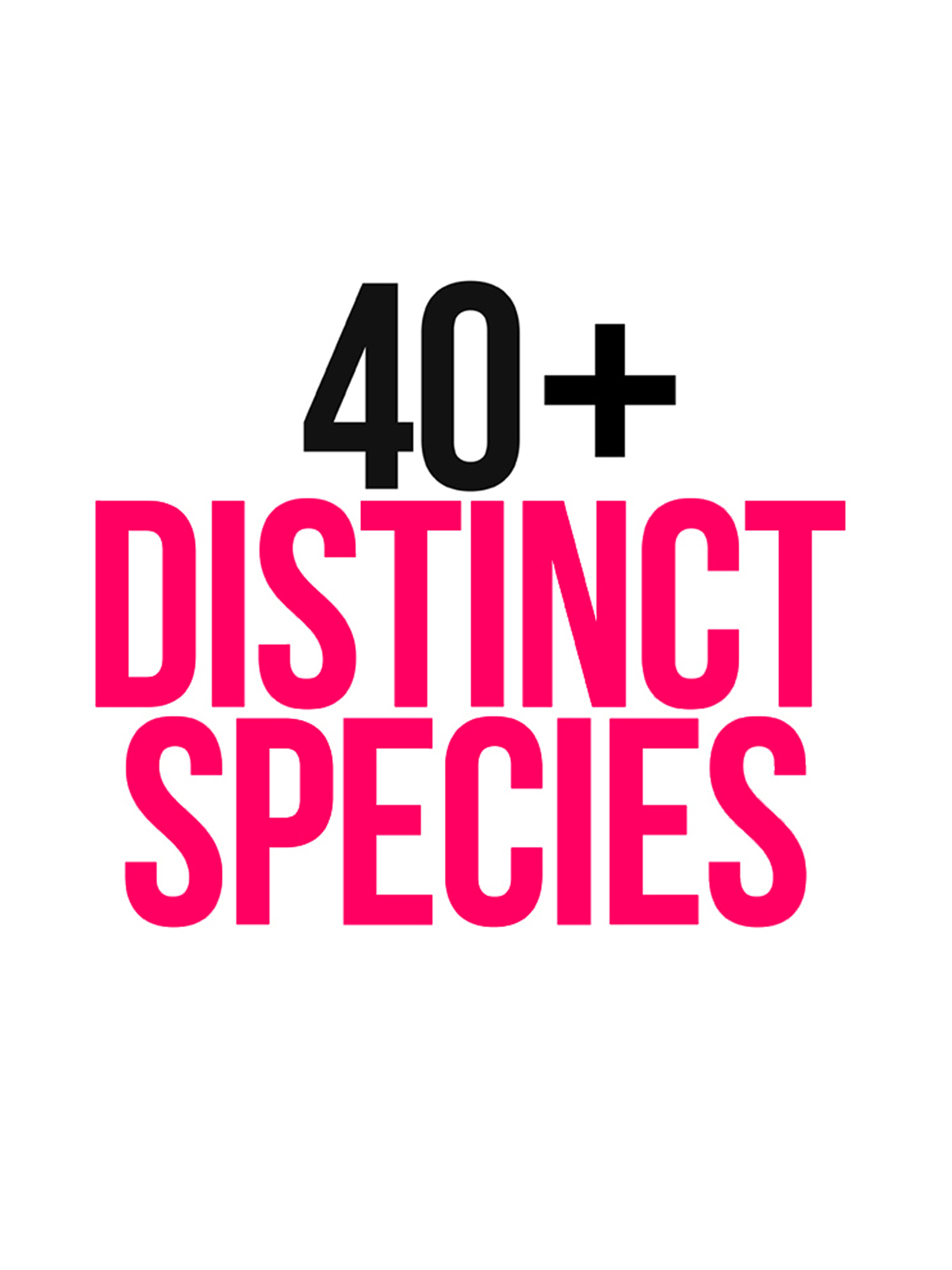
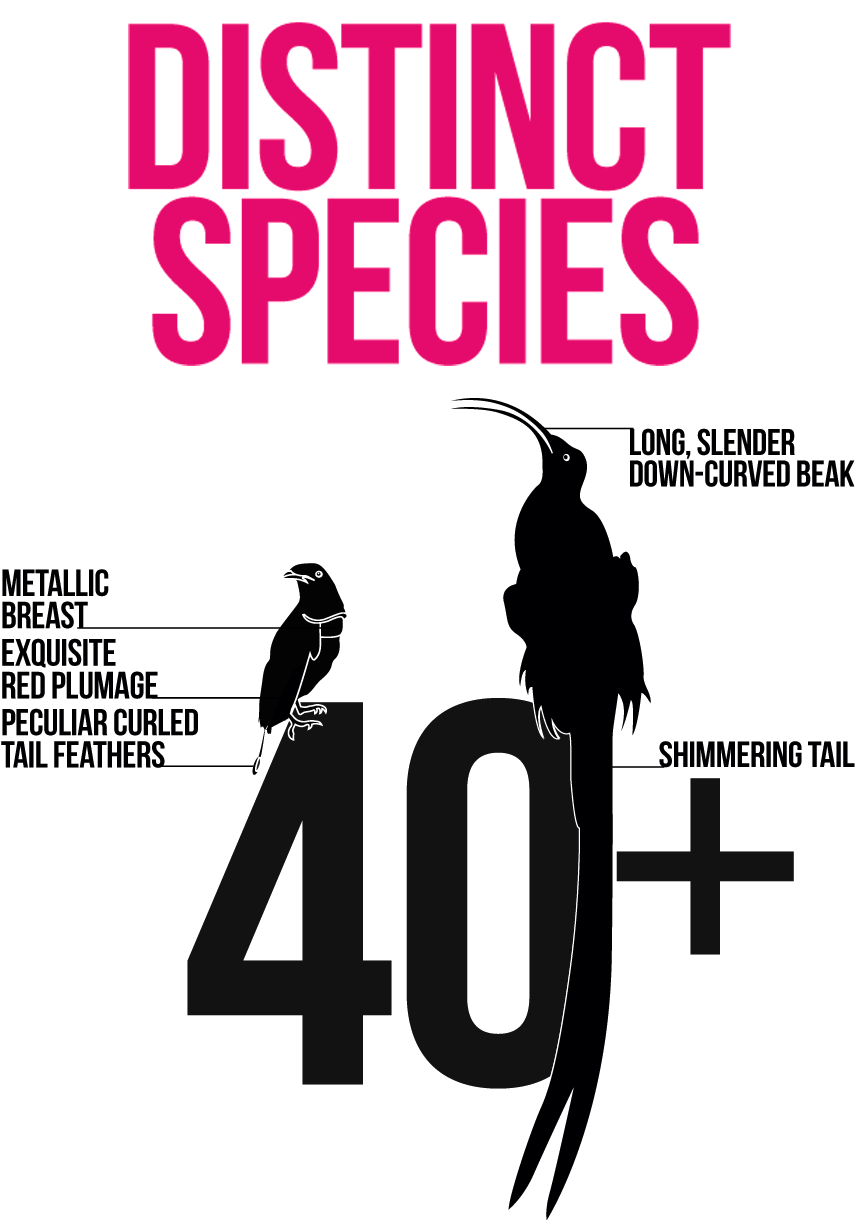
These similarities are much more apparent in the females of the various species. Often these soberly plumaged birds (it is only the males of each species that are spectacularly adorned) are remarkably alike, even though their respective males look so very different.
The species generally referred to as plume birds are the ones that conform in appearance to general expectations. Characterised by great bunches of lace-like flank plumes coloured variously yellow, red, white or even blue, it is these species that provide the basis for the iconic images of birds of paradise that grace all manner of postage stamps and advertising campaigns.
The national airline of Papua New Guinea carries a plume bird as its logo, and advertisements for the country or its products rarely – if ever – appear without one. In fact, New Guinea is characterised by the image of the bird of paradise.
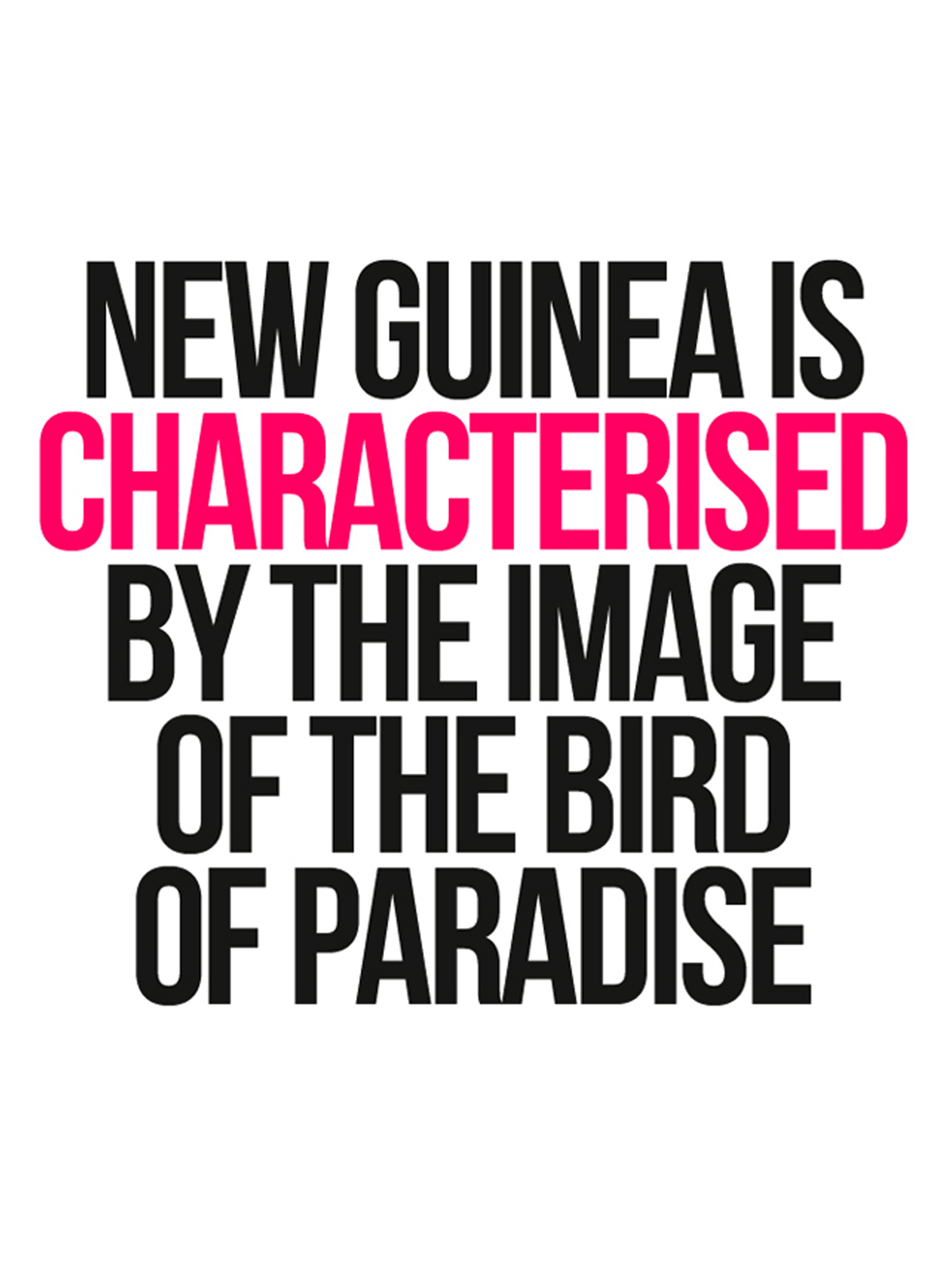
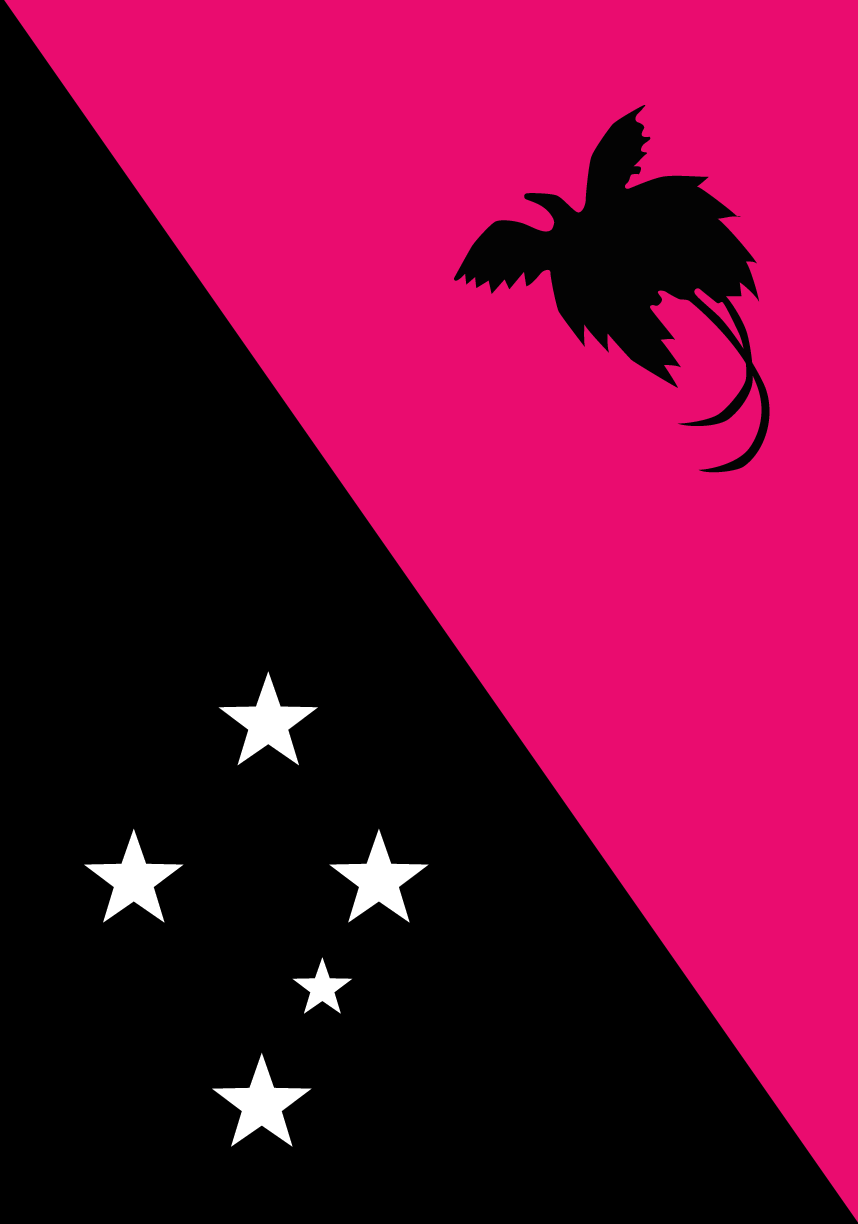
Its national sport may be rugby league, its cultural heritage may be summed up in the dramatic masks and tribal artefacts made by the indigenous peoples, its image often reduced to photographs of tribesmen in spectacular costumes, but its most widely known residents are birds of paradise.
That this family of birds has always exerted a hold over the minds of humans is shown by the manner in which the peoples of New Guinea have prized them from time immemorial. Indeed, the very nature of their tribal customs is defined by the extravagant use of, and trade in, bird of paradise feathers.
Once these same feathers reached the western world their impact was immediate. Here it manifested itself through art and fantastical stories and myths, while princes and emperors displayed power and taste by acquiring the rarely imported specimens for their cabinets of curiosities and museums. The impact may indeed have taken a more veiled, symbolised, form, but it was still profound and eventually led to a manner of human adornment strangely parallel to that shown among New Guinea peoples. Through the nineteenth century and on into the first decades of the twentieth, it was the very height of fashion to add the most bizarre concoctions of feathers as appendages to finely crafted hats and clothes. But this time it wasn’t the males who were displaying their loveliness; it was the most fashionable of ladies!
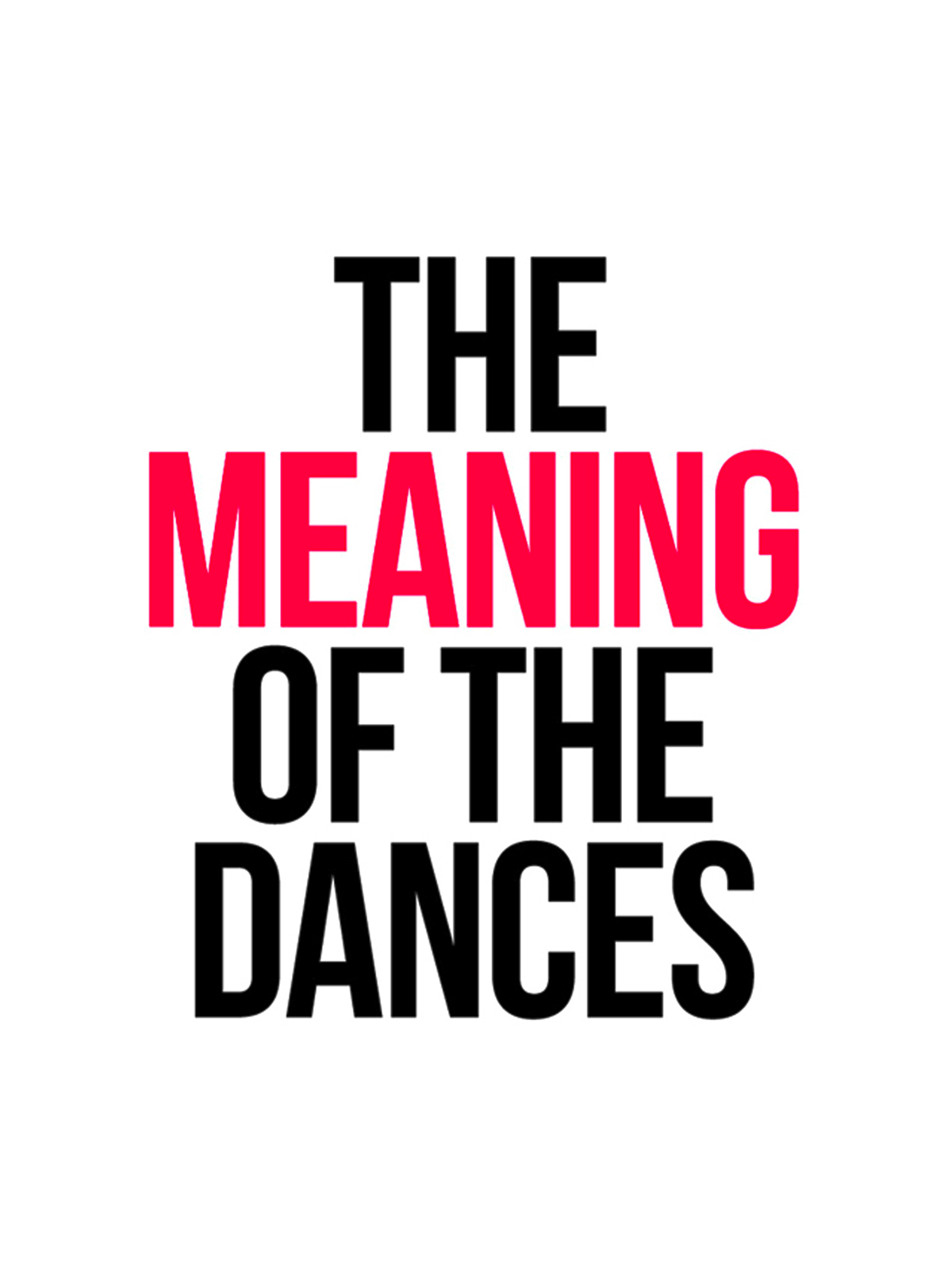

Alfred Wallace, co-author with Charles Darwin of the theory of evolution by natural selection, was not at all sure why male birds of paradise had such extravagant plumes. On the face of it, they contradicted his theory of evolution by natural selection drafted four years after his arrival in Indonesia and subsequently read out to a meeting of the Linnean Society in London during 1858. The theory had been summarised as ‘the survival of the fittest’. But how could huge plumes that made a bird extremely conspicuous, that in some instances impeded it in flight and that in all cases clearly made great demands on an individual’s physical resources to grow – how could such things aid a bird’s survival?
Wallace recognised, of course, that a bird’s plumage may carry colours and patterns because, as he put it, ‘one of the first needs of a new species would be to keep separate from its nearest allies and that this could be done by some easily seen marks of difference’. Female birds of paradise, however, like the females of many other species, are plain and drab and lack the male’s extravagant colours. Why should that be? Wallace suggested that it was because such bright plumage would make a female, sitting on her nest, very conspicuous and therefore very vulnerable to predators. In support of that explanation, he pointed out that many birds in which both sexes are brightly coloured – such as kingfishers and trogons – make their nests in tunnels where the female’s bright colours are invisible and therefore no liability. But even he must have recognised that plumes of a bird of paradise were considerably more spectacular than is necessary simply to identify species.
Charles Darwin, whose paper on natural selection had been read out at the same historic Linnean meeting, also saw the difficulty. He, however, proposed a fundamentally different explanation, a process that has little to do with the survival of the fittest. He called it ‘sexual selection’, and he explained it in an even longer book than On The Origin of Species, a book which he entitled The Descent of Man and Selection in Relation to Sex. According to this explanation, male birds of paradise display their plumes to females who then – having surveyed all available candidates – choose the one that most appeals to them visually.
Wallace would have none of it. In reviewing The Descent of Man he wrote, ‘Are we to believe that the actions of an ever varying fancy for a slight change of colour could produce and fix the definite colours and markings which actually characterise species?’ Furthermore, he said, it was unacceptable to suggest that birds had an aesthetic sense. That would be crediting a bird with a human characteristic for which there was no evidence. It would be anthropomorphism at its most unjustified.
Darwin emphatically rebutted the charge.


‘Birds,’ he wrote, ‘are the most aesthetic of all animals, excepting of course man, and they have the same taste for the beautiful as we have.’ He was writing in this particular instance about bird song, but the statement applied even more obviously and spectacularly to the plumage of birds of paradise. That he was right has been proved subsequently by a whole range of experiments. Ornithologists have both snipped off and added to the ‘eyes’ on a peacock’s wonderful tail-train and shown that peahens will always select the male with the greater number. A similar thing is true for African why-dah birds. Here the males, during the breeding season, develop long glossy black tail feathers which they show off to visiting females. Trim a successful male’s tail and he will be spurned. Add to it, and a bird that had only produced a medium-sized tail would suddenly become suddenly favoured. The same, doubtless, would be true for birds of paradise, though seemingly no-one has been unfeeling enough to inflict such barbarity on one of them.
Greater Birds, the species that Wallace first observed in display, gather together for these competitions, usually in a tall tree with relatively open upper branches where the birds can be easily seen as a group. There may be as many as twenty or so and they occupy their display tree for most of the year though their numbers are usually highest between December and February. The arrival of a female in nearby branches brings a sudden chorus of harsh cries from the assembled males as they lower their wings and erect their golden plumes above their backs. If a female hops down to perch beside one of the males his dance becomes more passionate as he moves through several balletic phases, with the female, squatting and apparently impassive, close by. At the climax of his performance, which may take less than a minute, the chosen male leaps on the female’s back and, as is the way with birds, copulates within a second or so. After that the female flies away and will not return that season.
Does she really, when she arrives, assess all the males individually to pick her winner? Or does she choose the one who is performing on one particular perch? The fact is that the great majority of copulations in a display tree take place with one single male, the possessor of a perch that seems to be particularly favoured. Males compete for perches by physical fighting and by displaying their plumes. So differences in plume quality may also be significant to other males as well as to females.
These massed displays are performed not only by all species of the genus Paradisaea (except for the Blue Bird) but also by the Standardwing and all Astrapia species. Such assemblies are known among ornithologists as ‘leks’, a Swedish term they originally used for the assemblages of male ruffs, small wading birds that gather and display in similar competitive groups on Scandinavian seashores.
It might seem that a male Parotia, pirouetting alone on his carefully prepared arena on the ground, has adopted a rather different tactic for attracting a female. But he is not as isolated as he seems. Parotia arenas, scattered through the forest, in fact form a coherent group. Each of them is within earshot of a neighbour, so it is easy for a female to tour from one arena to another in order to assess the quality of rival males.
Ornithologists call this kind of grouping an ‘exploded lek’, though the term is perhaps unfortunate since it implies that the arrangement is derived from a normal lek, whereas it is just as likely to be the other way round.
It is possible that the King Bird too uses an exploded lek, though the evidence is not conclusive. The males of other spectacular species – the Magnificent, the King of Saxony, the Superb, the Twelve-wired and the four Sicklebills – all display individually without reference to their rivals.


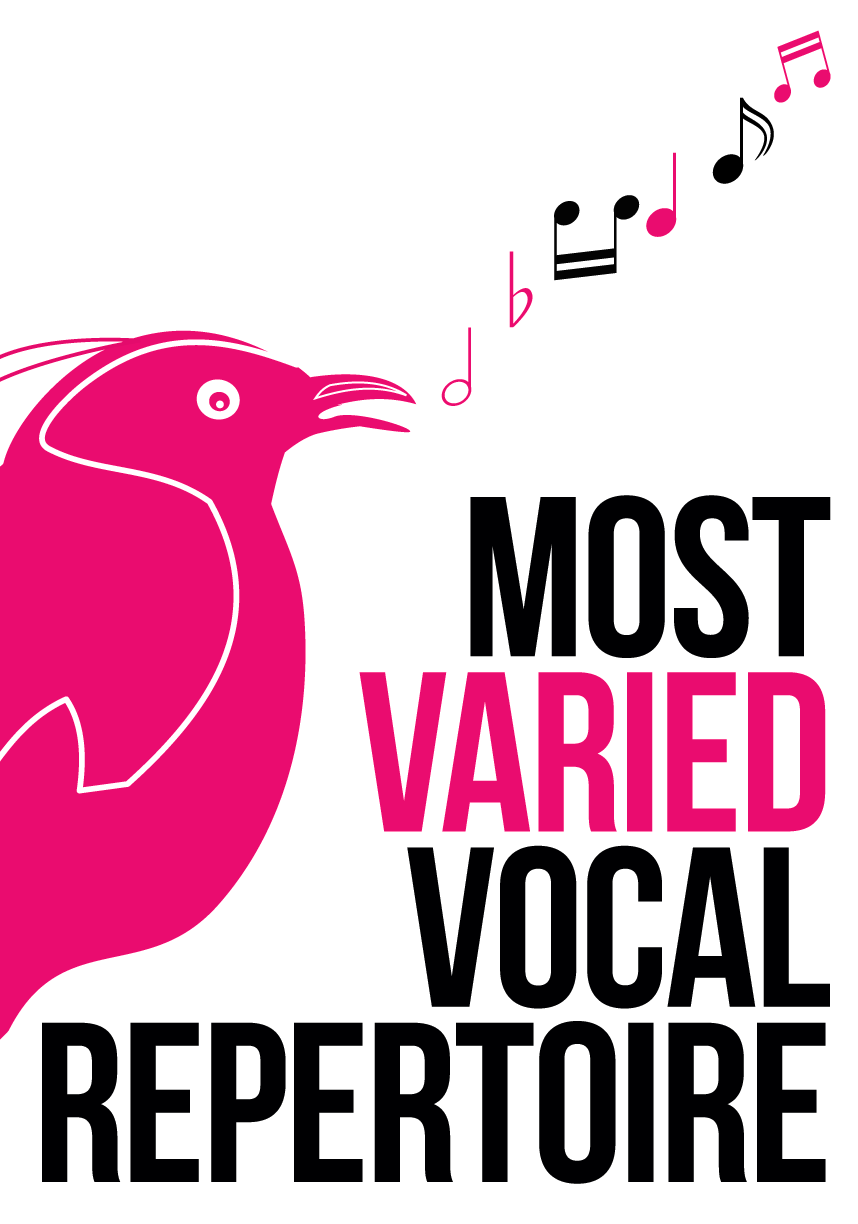

The female must then travel around the forest, assessing which of them has the best-kept arena, the most varied vocal repertoire and the most brilliant and exciting plumage.
A cameraman filming bird of paradise display will of course wish to complete his sequence with a shot of the copulation. Things are comparatively easy for him when filming a massed lek like that of the Greater Bird. If he sees one copulation but fails to focus his camera on it before it finishes, he need not be concerned. All he has to do is to keep his camera trained on that particular branch and the next female to arrive at the lek will almost certainly make for the same place and be mated by the same male.
Things are not so easy when filming species that have exploded leks or independent ones. If the cameraman is wise and has the chance, he will inspect other display grounds in the neighbourhood and choose the one that seems to him to be the best kept by the smartest-looking male. If he picks the wrong one, he will be almost as disappointed as the male bird himself.
Male birds spend most of their year close by the site where they display. A female, however, once she has mated, has to leave for she has to lay her eggs and rear her chicks. And since her momentary partner is still strutting his stuff on his display ground, she has to do all that entirely by herself.
It follows, therefore, that such polygamous systems can only develop in places where there is plenty of food easily available. And that is indeed the case in the New Guinea forests. All birds of paradise feed on fruit. Most supplement that with insects, but fruit of some sort is the most important element and that is available throughout the year.
The system also has a consequence for the male – a consequence that ultimately transfigures him. If a young male appears who is marginally better endowed than his fellows – with the colour or size of plumes that the local females prefer – then the genes that gave him that characteristic will quickly spread through the local population. And this will take place more swiftly than if the gene responsible becomes submerged in the next generation among those of other breeding males in the neighbourhood. If the females maintain their preference for this quality, year after year, then these decorations will become even more exaggerated, generation after generation, as the local champion maintains his exclusive access to the females and denies any competing males a place in the local gene pool.

Evolutionists call this snow-balling effect ‘runaway sexual selection’ – and it is this that has led to male birds of paradise acquiring such outsized and bizarre plumes.


